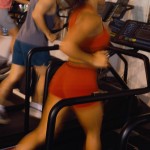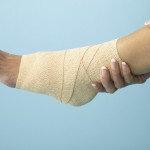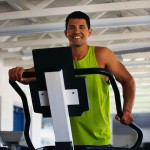 5 Essential Exercise Tips for New Moms
5 Essential Exercise Tips for New Moms
Get back to the basics:
Before resuming your exercise program post-delivery, always seek medical clearance from your doctor! It seems like there is always a new fitness trend promising quick and easy results. Do not fall for the marketing gimmicks! Stick to the fundamentals that have been proven to work.
For example, by exercising larger muscle groups you will burn more calories. Doing intervals is a great way to add intensity for even faster results. Walking each day is great exercise for both the mind and body.
Work smarter not harder:
Finding time to exercise as a new mom can be tough! Your daily workouts can be included in the activities that you’re already doing by learning exercises that include your baby.
Squats are tough on your thighs, and soothing for your baby. They can be done as you hold him or her against your chest and benefit you both. Exercises like pushups, plank, cat-cow, and bird-dog can be performed with your baby is lying underneath while giving them kisses and smiles. It’s a fun way to enjoy time together while also doing something good for you.
Invest in inexpensive equipment for your home like a stability ball and resistance band. That way there is no excuse not workout when you can’t get to the gym.
Walk before you run:
Build slowly back to your pre-pregnancy fitness routine. Do not simply jump right back in to what you were doing before.
It is necessary to repair the deeper ab muscles that have been stretched first. Do not start with crunches. You can begin to rehab your abs with deep breathing exercises, plank, bridge, and pelvic tilt.
If you were a runner then start with walking and jogging before returning to running. If you lifted heavy weights, start lighter and do high repetitions.
Simply going back to your old routine will do your body a disservice if you end up injured and can’t do anything at all.
Don’t compare:
Be patient and nice to yourself. Don’t compare your body or weight loss to celebrities. It is not fair to measure yourself next to someone who probably has a full-time trainer and chef, and whose profession possibly requires them to be a size 2.
Remember that it took 9 months to put the weight on, and to drop it overnight is not healthy or realistic. Steady, consistent exercise and weight loss is the best way to decrease fat and keep it off permanently.
Kegels:
Do them! I can’t stress this enough. Keeping your pelvic muscles strong is often overlooked, but so important.
Tatum Rebelle is a pregnancy and new mom fitness and nutrition expert. She founded of Total Mommy Fitness in 2005 after seeing an unnecessary tread of women opting out of exercise once the became pregnant and had young children. Find more at www.totalmommyfitness.com and twitter @tatumrebelle.
 Subscribe
Subscribe







